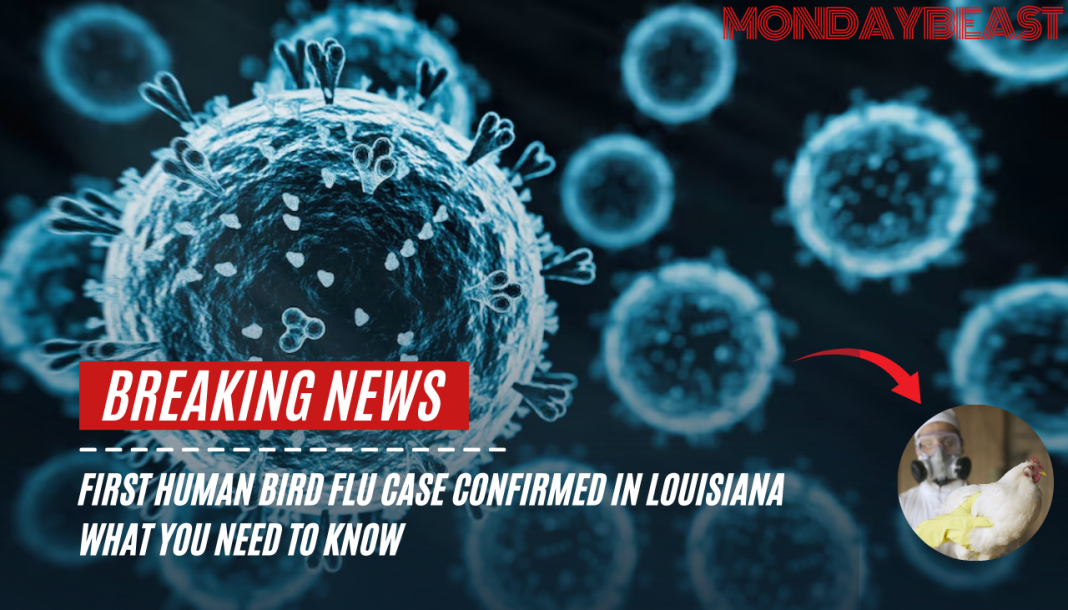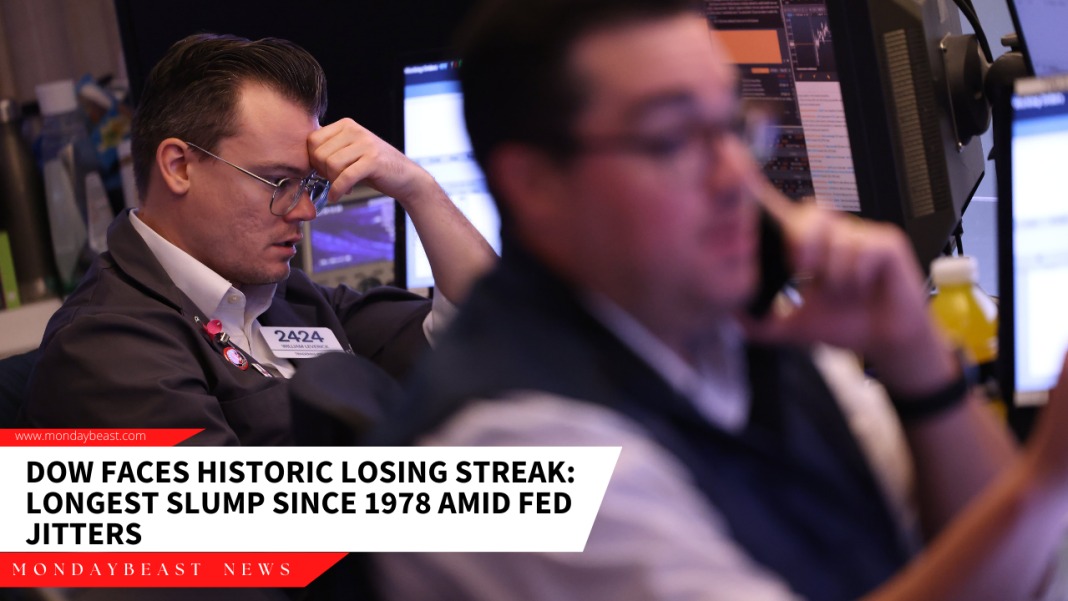Understanding the First Human Bird Flu Case
The CDC has just confirmed a troubling case. The first severe human infection of bird flu in the U.S. surfaced in Louisiana. This isn’t just another health story; it’s a wake-up call. Picture this: a patient over 65, already battling health issues, now facing severe respiratory illness. For many, this news raises alarming questions. How prepared are we for such infections? Is bird flu a problem that could endanger our community?
This patient is currently in critical condition after exposure to sick and dead birds. That description strikes fear into many hearts. Bird flu, a virus usually confined to poultry or wild birds, has entered the realm of human infections. The genomic data shows that this strain spreads among birds and has made its way to humans, with cases previously identified in Canada and Washington State.
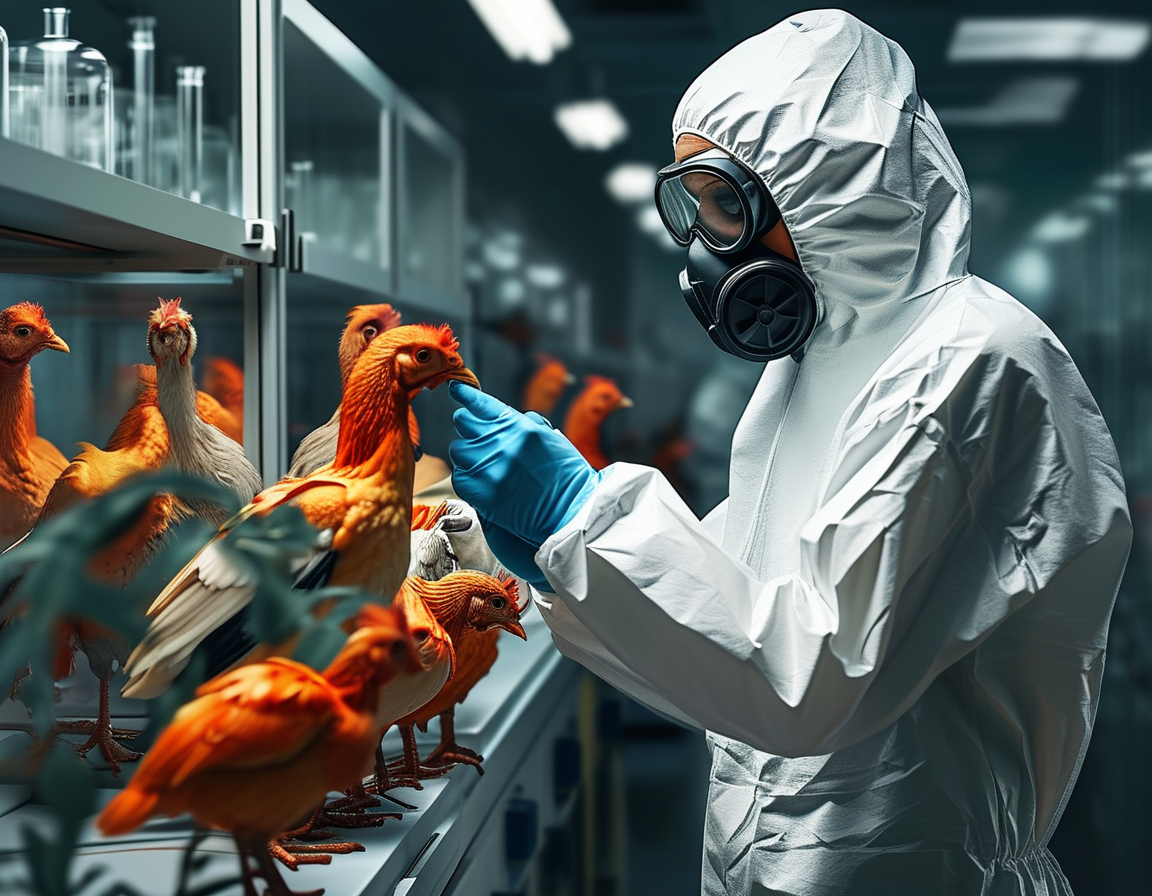
Infections have mostly been mild among humans. Previous cases recorded did not result in severe illness, and all patients recovered after antiviral treatment. But here’s the caveat: this time, the virus is tied to backyard flocks. It is a concern that makes you ponder—what does this mean for those of us with chickens or other birds at home? What more should we be doing to protect ourselves and our families?
What Does Bird Flu Spread Look Like?
The Louisiana case isn’t an isolated incident. Across the U.S., 61 human cases have been documented since April. Almost all have been linked to infected livestock, which presents another layer of complexity. Prior to this recent case, infection levels prompted little alarm. Now, as health officials investigate, the stakes feel higher. The virus is not new, but the implications for human health are serious.
Health agencies note that flu-like symptoms can range from mild to severe conditions. Common signs include sore throat, cough, fever, and fatigue. Wouldn’t it be alarming if household pets or farm animals could amplify such risks? The prospect of exposure seems almost chilling. As families prepare meals or care for birds, a flicker of concern may loom over everyday activities. Could the flu virus in our food supply be in the mix?
Precautions and Public Health Responses
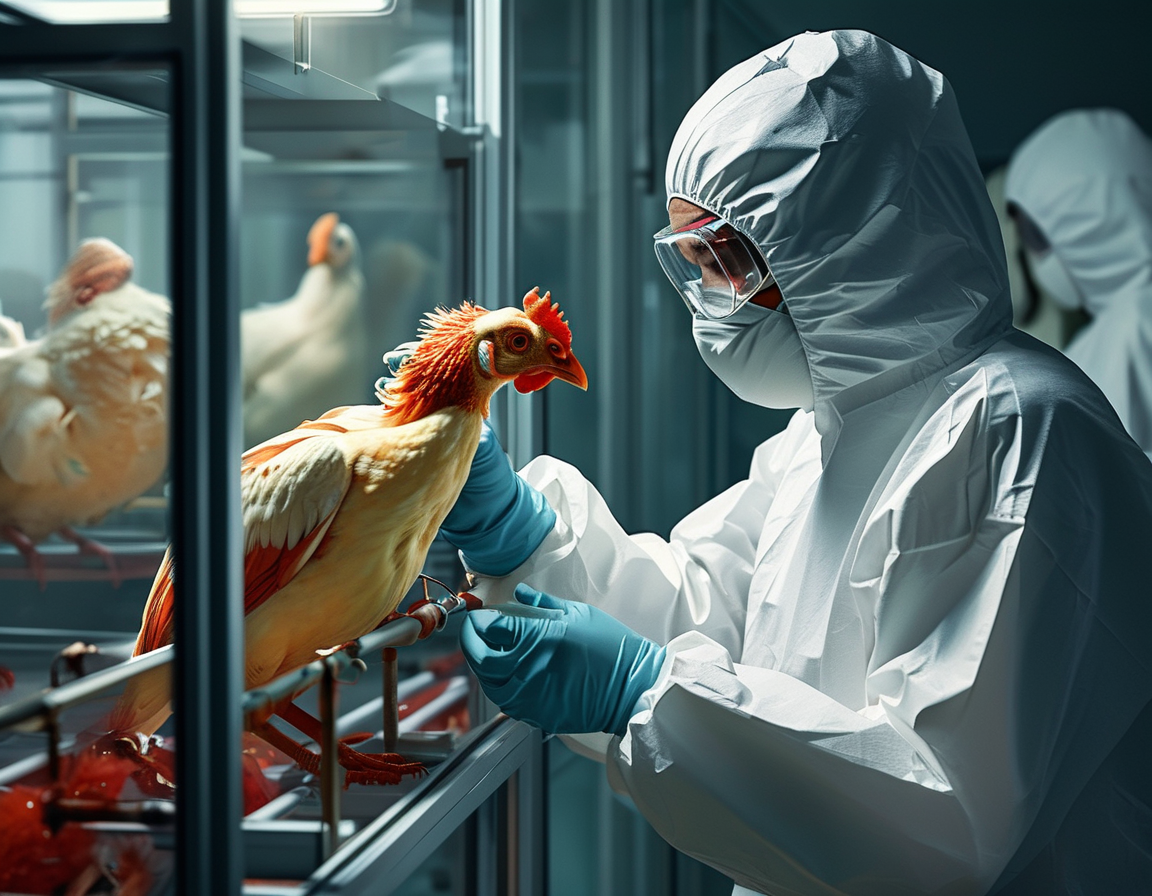
Navigating risks requires vigilance. The CDC emphasizes the best prevention strategy is avoiding exposure to infected birds. But how realistic is that for those who work with poultry or have backyard flocks? Individuals in these occupations need to implement protective measures. Carefully washing hands, using masks, and wearing gloves might become the new norm.
In response to the growing anxiety surrounding bird flu, the U.S. Department of Agriculture recently imposed a federal order. Raw milk samples are to be tested for bird flu virus, especially after a California farm recalled products due to contamination. For consumers, this could lead to tougher restrictions and abridged choices at grocery stores. Do we risk losing access to fresh local products?
Statewide Emergency Declarations
Recently, California’s Governor Gavin Newsom declared a state of emergency. Why? To manage the bird flu crisis effectively. With 33 human cases confirmed in the state alone, the urgency is clear. A swift response can help contain further outbreaks. However, this declaration also invites scrutiny—what does it mean for daily lives in California? The repercussions reach beyond mere statistics; they affect farms, livelihoods, and public sentiment on food safety.
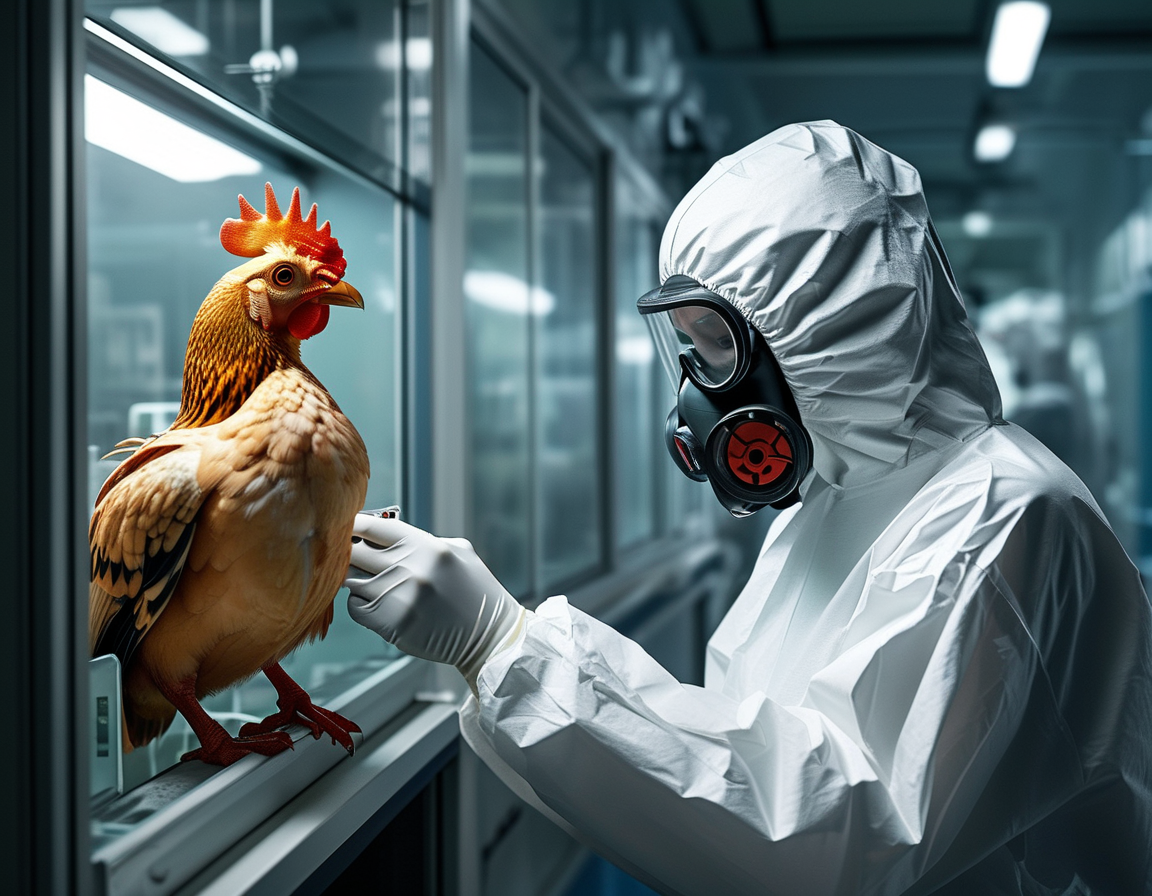
As awareness increases, so do the precautions—and rightly so. While the CDC claims a low risk to the general public, this is not just numbers on a page. It’s a human story. It’s about risks faced in everyday activities, and those close to us depend on our vigilance. Will we be proactive, or will fear paralyze us?
Engaging with Challenges Each Day
It’s paramount to share knowledge on bird flu safety as we tackle this issue together. Remember that the symptoms can often mirror common colds or the flu. But let’s raise the stakes and ask ourselves: how often do we stop to consider our well-being in the context of these unseen threats? It’s vital that we continue following guidance from health experts.
As discussions heighten, our responsibility to stay informed becomes clearer. This isn’t merely about reacting—it’s about navigating uncertainty with awareness and resolve. We’ll emerge from this moment more knowledgeable about how our health intersects with that of animals, ecosystems, and our shared environment.

